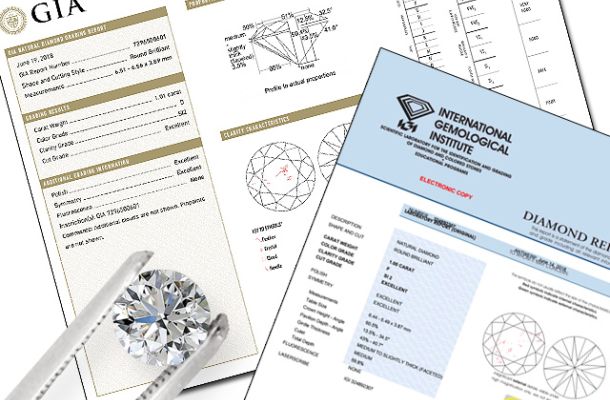
The Swede Baltazar Platen created and patented the first working crystal synthesis apparatus. He borrowed his method from nature.
Platen recreated similar conditions: a cell containing nickel, cobalt, and iron was heated and pressed with a multi-ton press. In this case, the metals acted as catalysts, and the presses simulated thousands of atmospheres of pressure.
This process was called HPHT (High Pressure High Temperature). The process is imperfect, but simple and inexpensive. Today it is used for mass production of technical diamonds and diamond powders.

In the 1960s, the more perfect method of CVD (Chemical Vapor Deposition) was invented. The essence of this technology is crystallization of diamonds from hydrocarbon gas on HPHT grown substrate. CVD makes it possible to produce larger and cleaner crystals.

Nanodiamonds
In addition to HPHT and CVD, there are other more narrowly focused technologies:
- Detonation synthesis of diamonds – high temperatures and pressures are generated by detonating graphite. Nanocrystals are formed because of the decomposition of carbonaceous materials;
- Ultrasonic synthesis of nanodiamonds – allows to synthesize microcrystals from a suspension of graphite in an organic liquid at normal pressure and room temperature.





